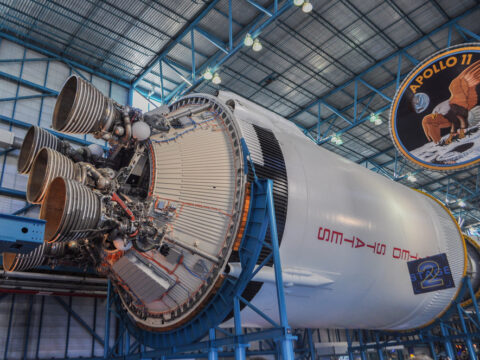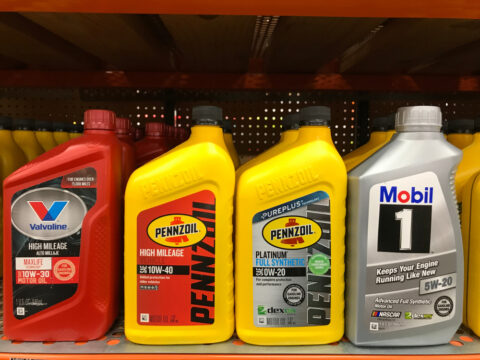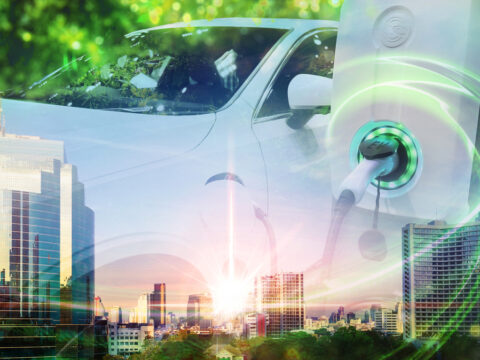When it comes to brake care, there’s no shortage of advice floating around, but not all of it is worth following. In fact, some common beliefs can do more harm than good. In this article, we’ll clear up 15 of the most harmful brake care myths to help you keep your car in top shape without falling for these misconceptions.
Contents
Brakes only need to be checked when you hear squeaking.
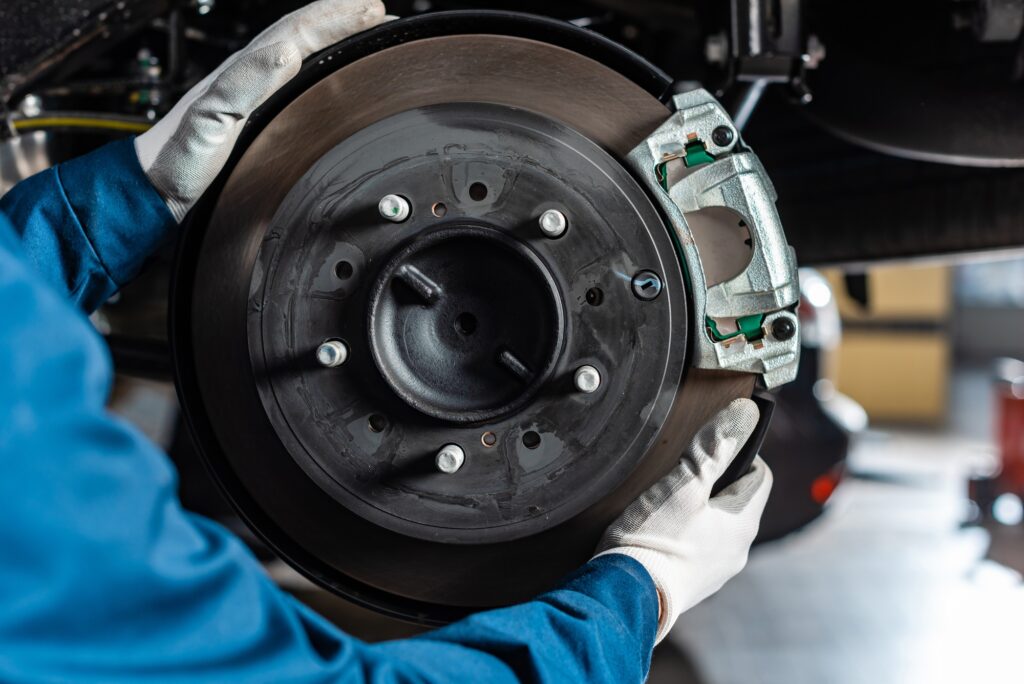
Waiting for a squeak to check your brakes is a dangerous misconception. By the time you hear a noise, your brake pads may be severely worn, putting you at risk of brake failure. Regular inspections can catch wear and tear early, preventing costly repairs and ensuring safety.
Brake pads never need replacing if they aren’t worn down completely.

Brake pads should be replaced before they’re entirely worn down to the metal. Once pads are fully worn, they can damage the rotors, leading to expensive repairs. Regularly checking the thickness of the brake pads can prevent this.
You can clean brake dust with just any household cleaner.
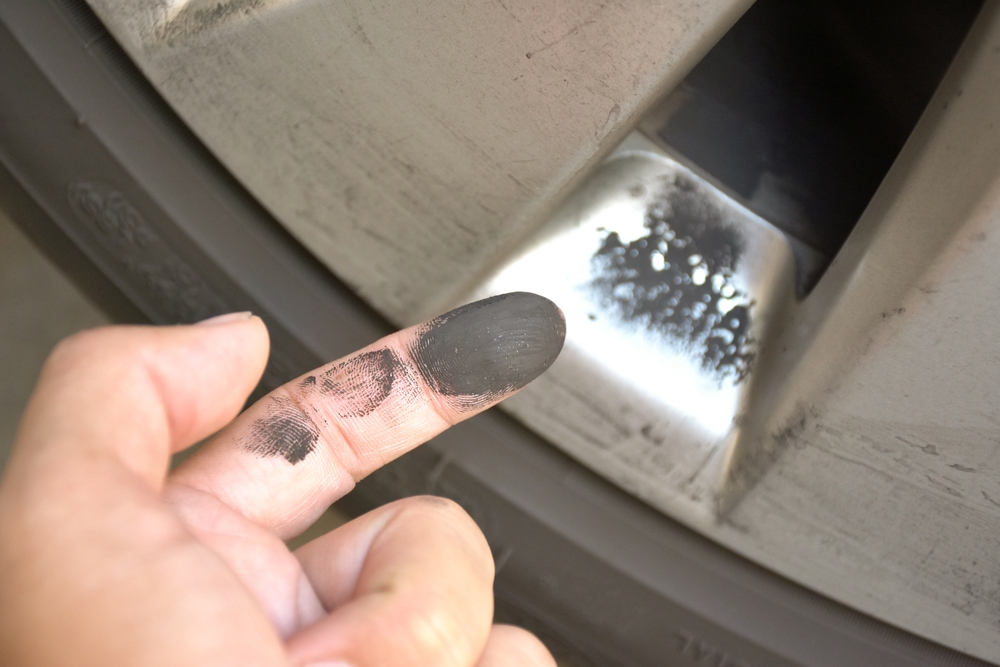
Using improper cleaners can damage the brake components and reduce braking efficiency. Brake dust contains metallic particles, and using the wrong cleaner can leave residues that might impair braking. Always use products specifically designed for brakes.
Pumping brakes helps stop faster in an emergency.
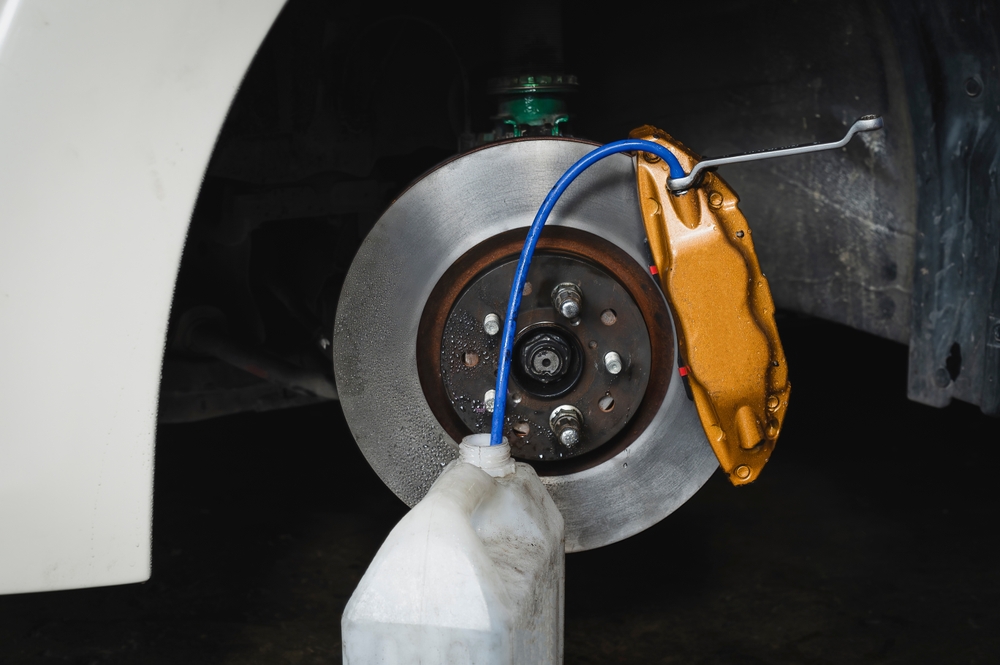
This technique might have been useful in older vehicles without ABS (Anti-lock Braking System), but in modern cars, pumping the brakes can confuse the ABS and reduce braking efficiency. In emergencies, apply steady pressure to the brake pedal and let the ABS system do its job.
All brake fluids are the same and can be mixed.
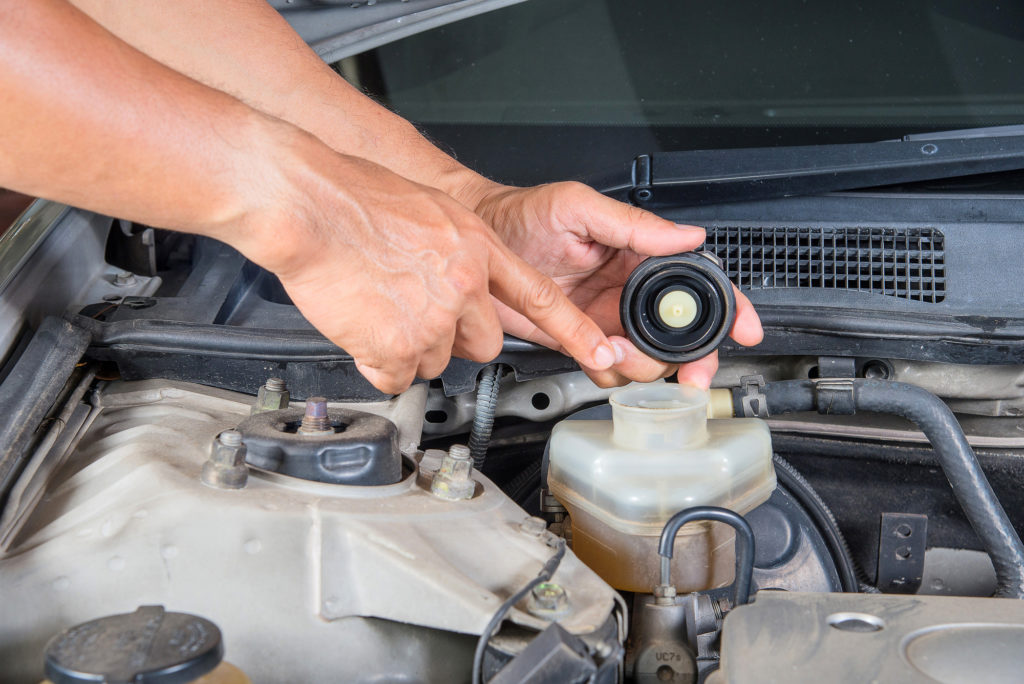
Brake fluids vary in composition and boiling points. Mixing different types can lead to brake failure due to improper fluid performance under high temperatures. Always use the brake fluid recommended by your vehicle manufacturer and avoid mixing types.
New brakes always need a long break-in period.
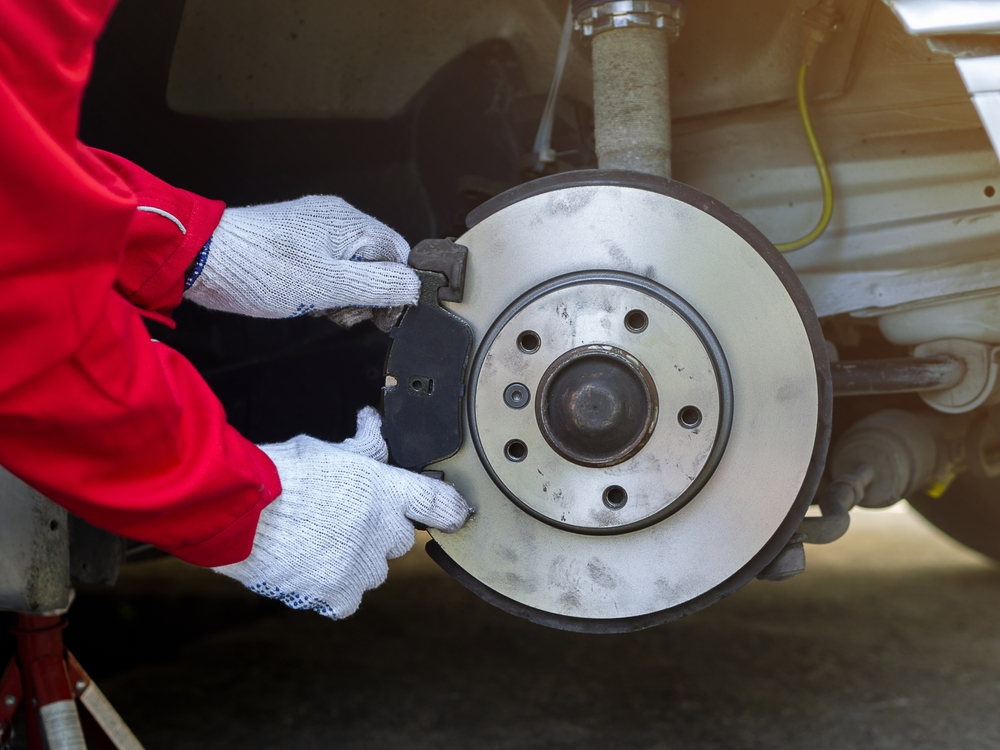
While some break-in is necessary, it doesn’t require an extended period. Most brake pads are ready for regular use after a short, manufacturer-recommended bedding process. Following the correct procedure ensures optimal performance without unnecessary delays.
Worn brake pads won’t affect your car’s performance.
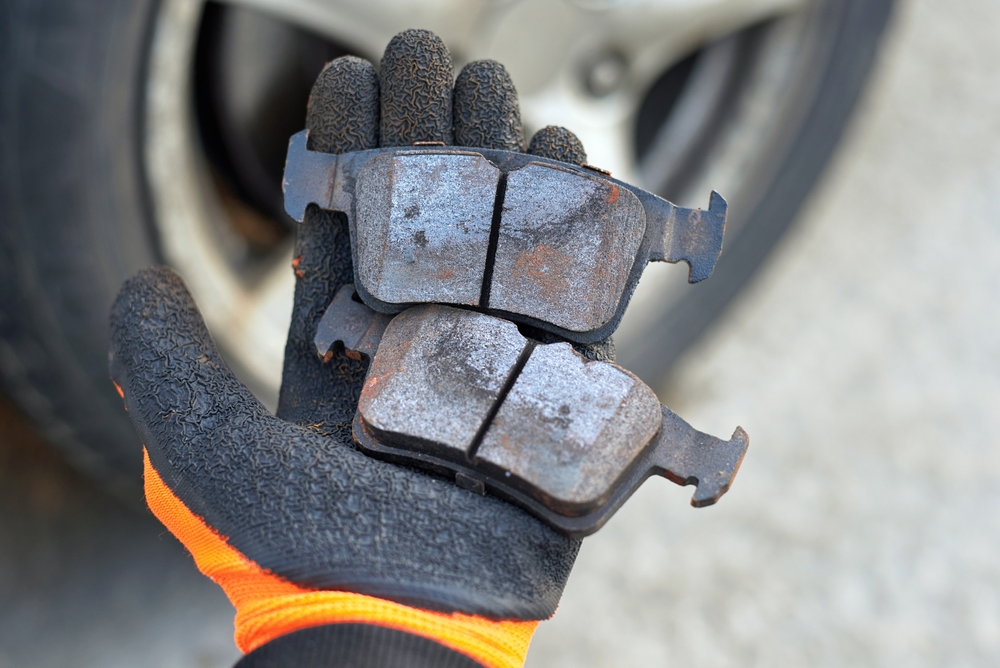
Worn pads increase stopping distance, reduce braking power, and can cause damage to the rotors. This not only affects performance but also compromises safety, making timely replacement of brake pads essential.
Braking hard is the best way to stop in wet conditions.

Hard braking in wet conditions can lead to skidding, especially if your tires lose contact with the road. Instead, apply steady, even pressure to allow your ABS system to work effectively and maintain control.
Brake rotors should only be replaced when they’re cracked.
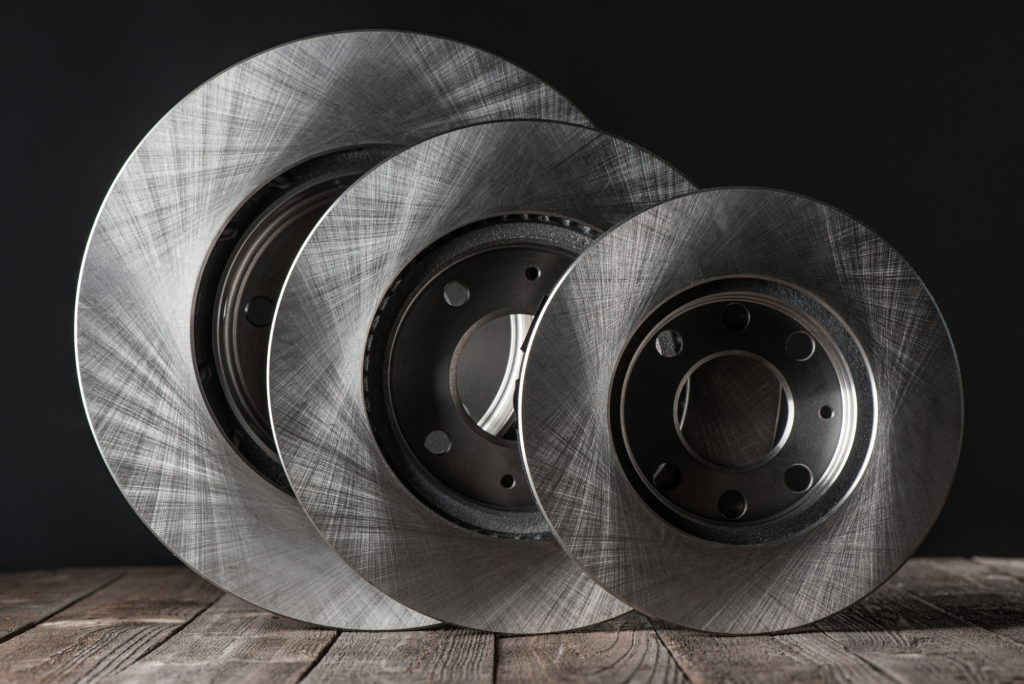
Waiting for cracks to appear before replacing rotors is risky. Rotors can warp, develop uneven wear, or become too thin, leading to vibration and reduced braking efficiency. Regular inspection can identify when rotors need to be replaced before they reach a critical condition.
Only expensive brake pads offer good performance.
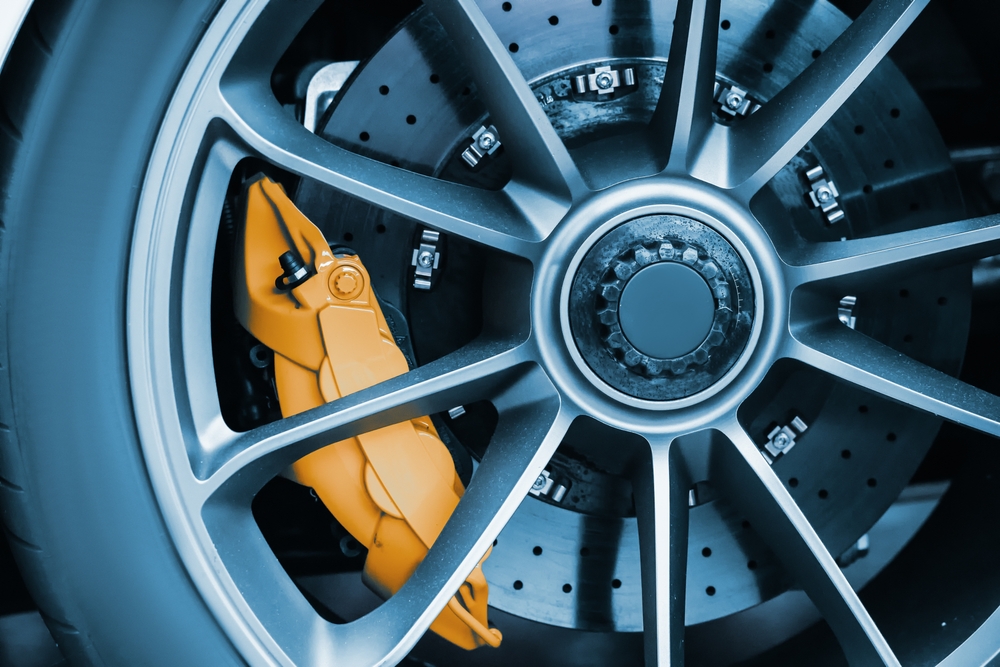
While high-end pads might offer certain benefits, there are many affordable options that provide excellent performance and durability. The key is choosing pads that match your driving style and vehicle specifications rather than assuming higher cost equals better quality.
Brake fluid never needs to be changed.
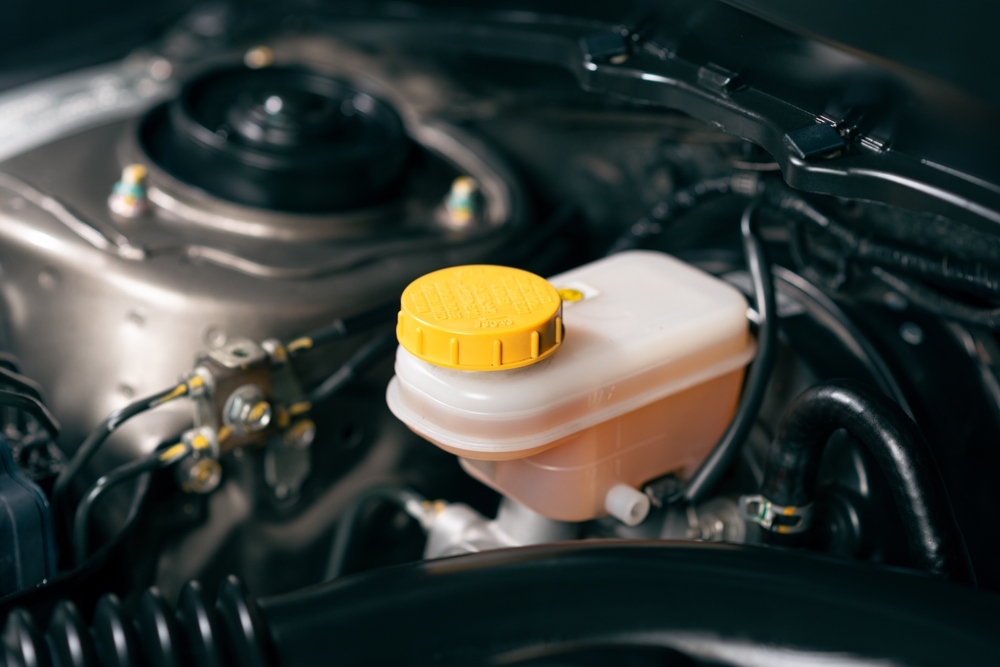
Brake fluid absorbs moisture over time, which lowers its boiling point and reduces braking efficiency. Regularly changing the brake fluid, as recommended by the manufacturer, ensures optimal brake performance and safety.
It’s okay to delay brake repairs if they’re too costly.
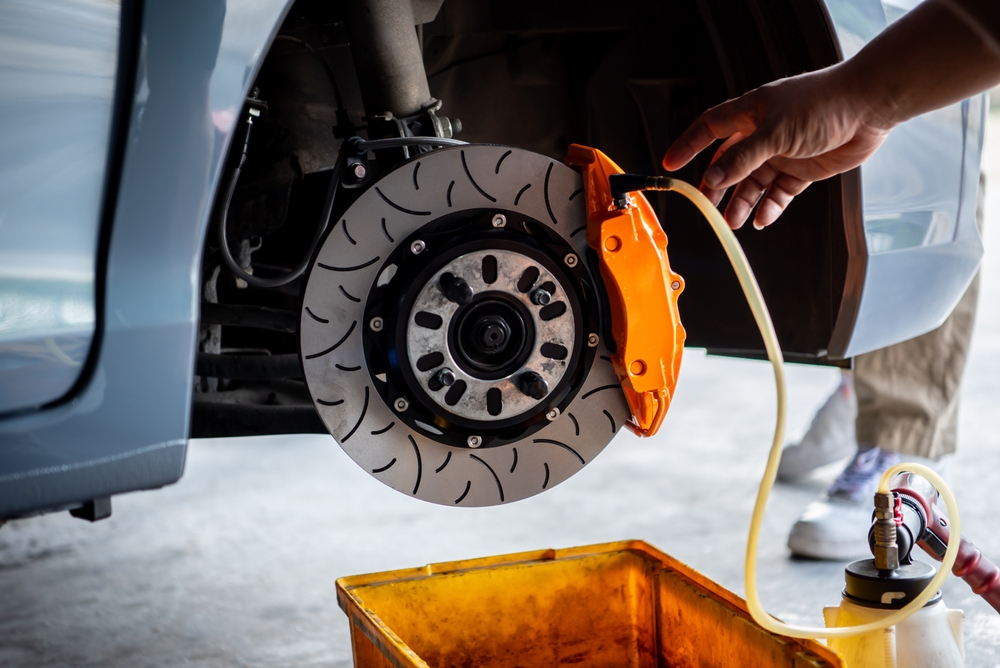
Delaying brake repairs can lead to more severe issues and higher costs in the long run. Ignoring small problems can result in complete brake failure, putting you and others at risk. Address brake issues promptly to avoid expensive and dangerous consequences.
Rear brakes aren’t as important as front brakes.
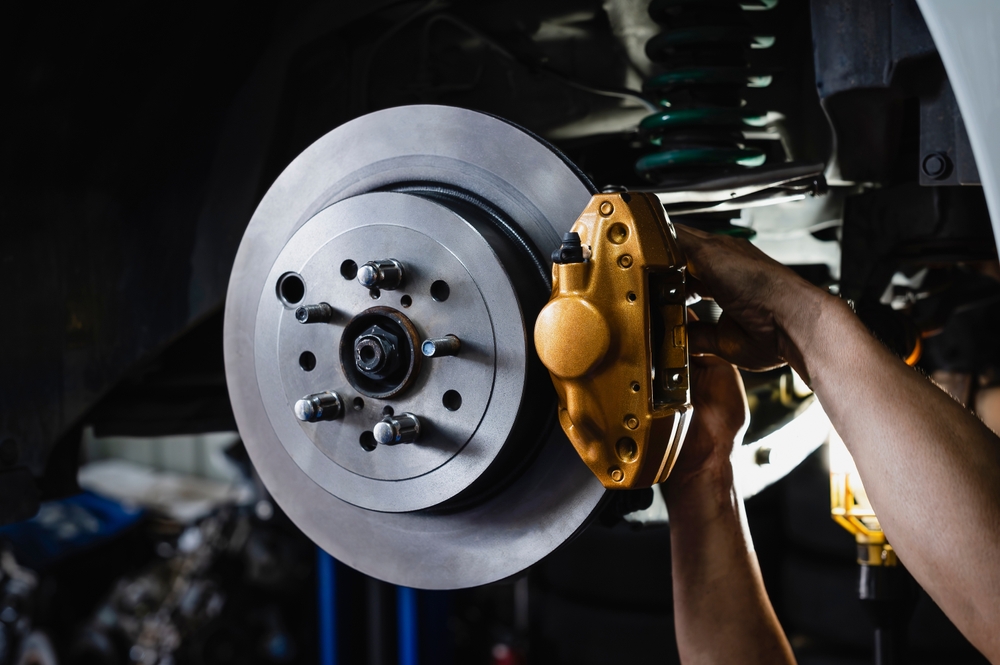
While front brakes handle most of the braking force, rear brakes are crucial for balanced braking and stability. Neglecting rear brake maintenance can lead to uneven braking, increased wear on the front brakes, and compromised safety.
Changing brake pads doesn’t require any special tools.
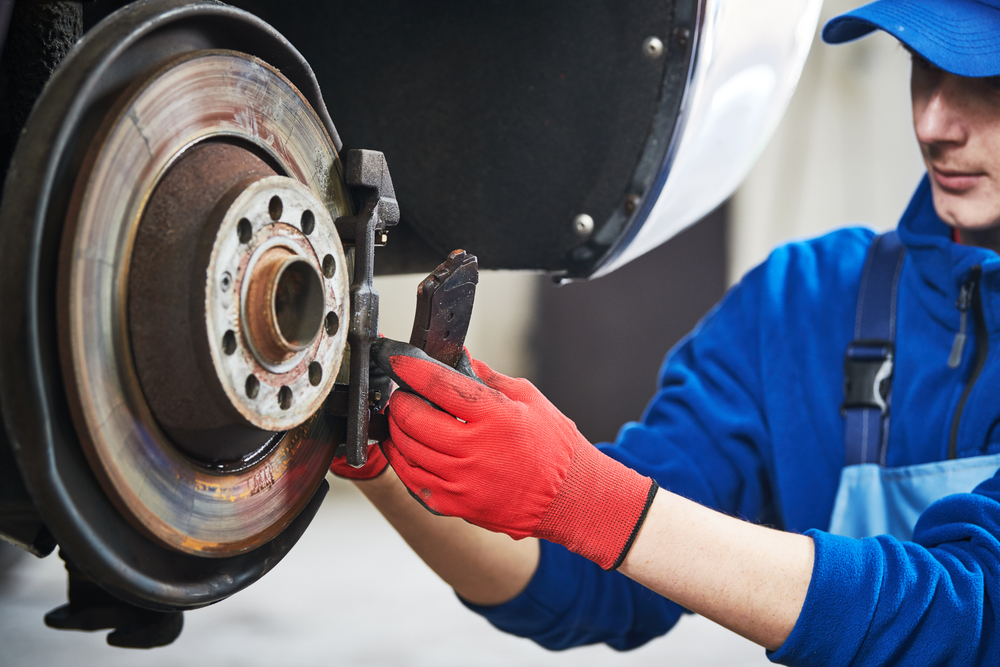
Brake pads should be replaced using the correct tools to ensure they are installed properly. Improper installation can lead to noise, uneven wear, and reduced braking efficiency. Using specialized tools ensures that the job is done safely and correctly.
Brake pads should always be replaced in pairs.
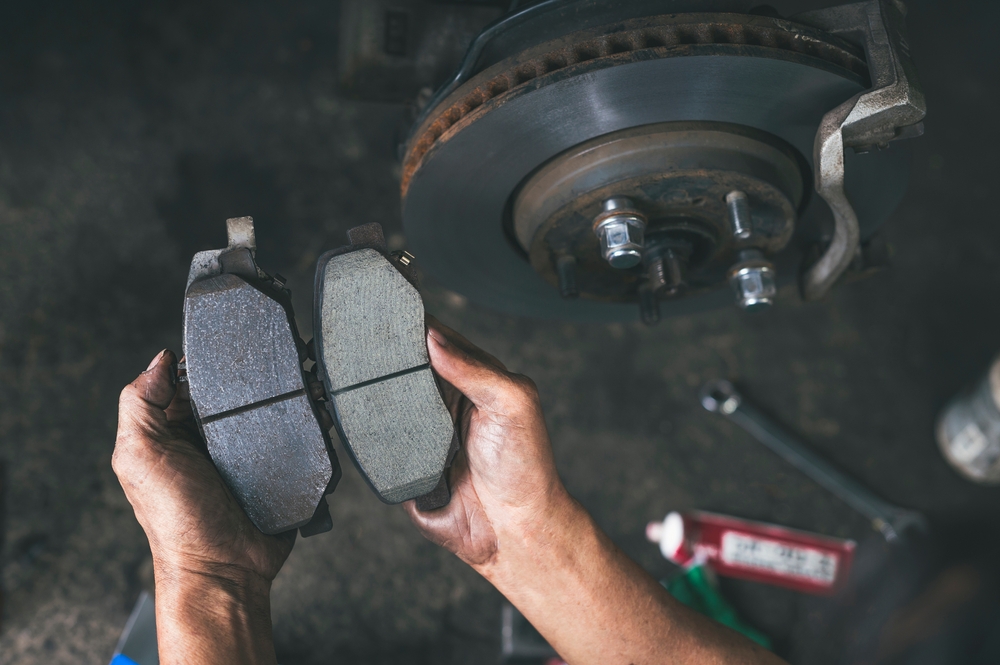
This is actually a good practice and not a myth. Replacing brake pads in pairs (both front or both rear) ensures even braking and prevents imbalance. Mismatched pads can lead to uneven wear and compromised braking performance.
This article originally appeared in MyCarMakesNoise.
More from MyCarMakesNoise
16 Exclusive Classic Cars That Are Expected to Appreciate in Value

Classic cars hold a timeless appeal and can offer significant returns on investment. As certain models become rarer and more sought after, their value steadily climbs. Read More
18 Vintage Motorcycles That Have Declined in Value
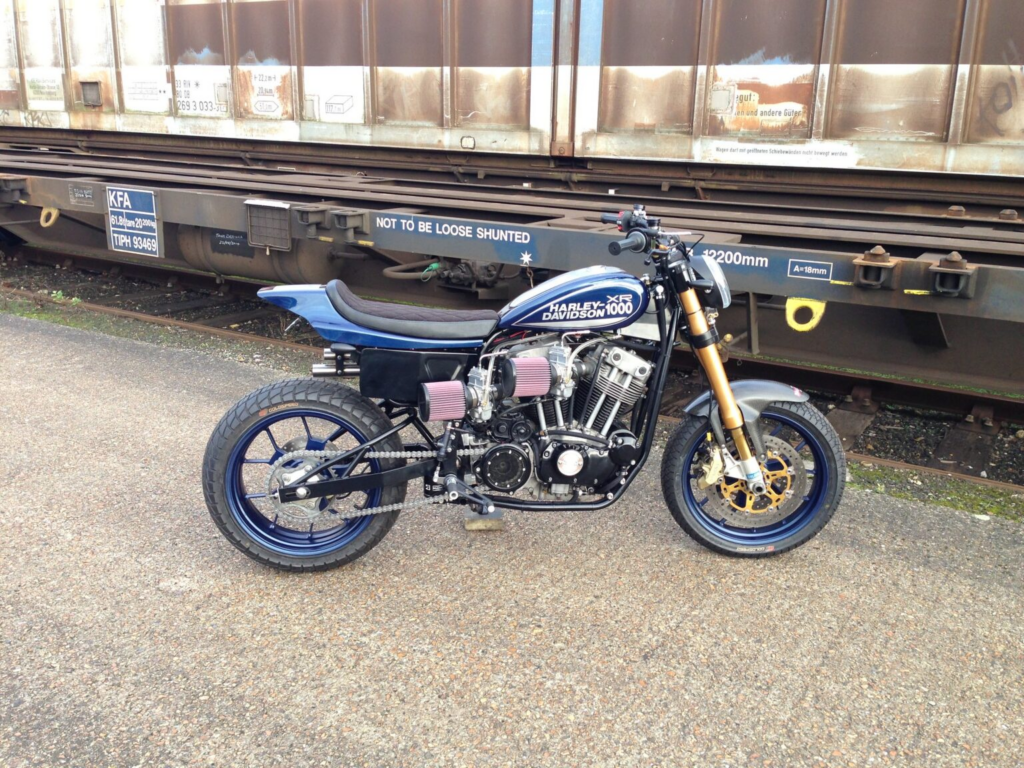
The allure of vintage motorcycles often lies in their timeless design and storied history. However, not all classic bikes have retained their value over the years. In this article, we explore 18 vintage motorcycles that, despite their former glory, have seen a decline in market worth. Read More
16 High-End SUVs with Unparalleled Luxury Features

When it comes to luxury SUVs, the market is filled with options that offer unparalleled comfort, cutting-edge technology, and top-notch performance. From bespoke interiors to powerful engines, these high-end vehicles redefine what it means to travel in style. Read More

